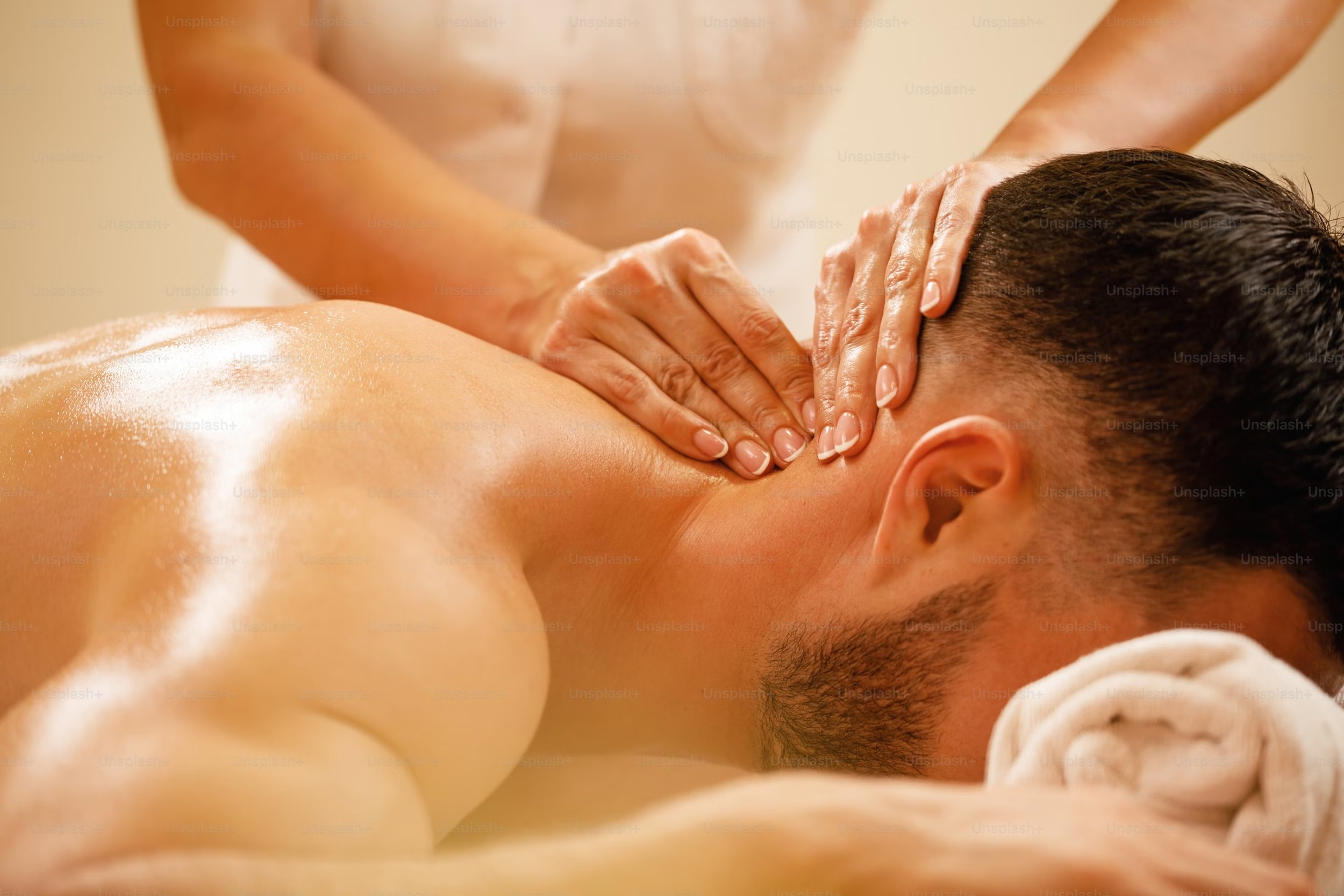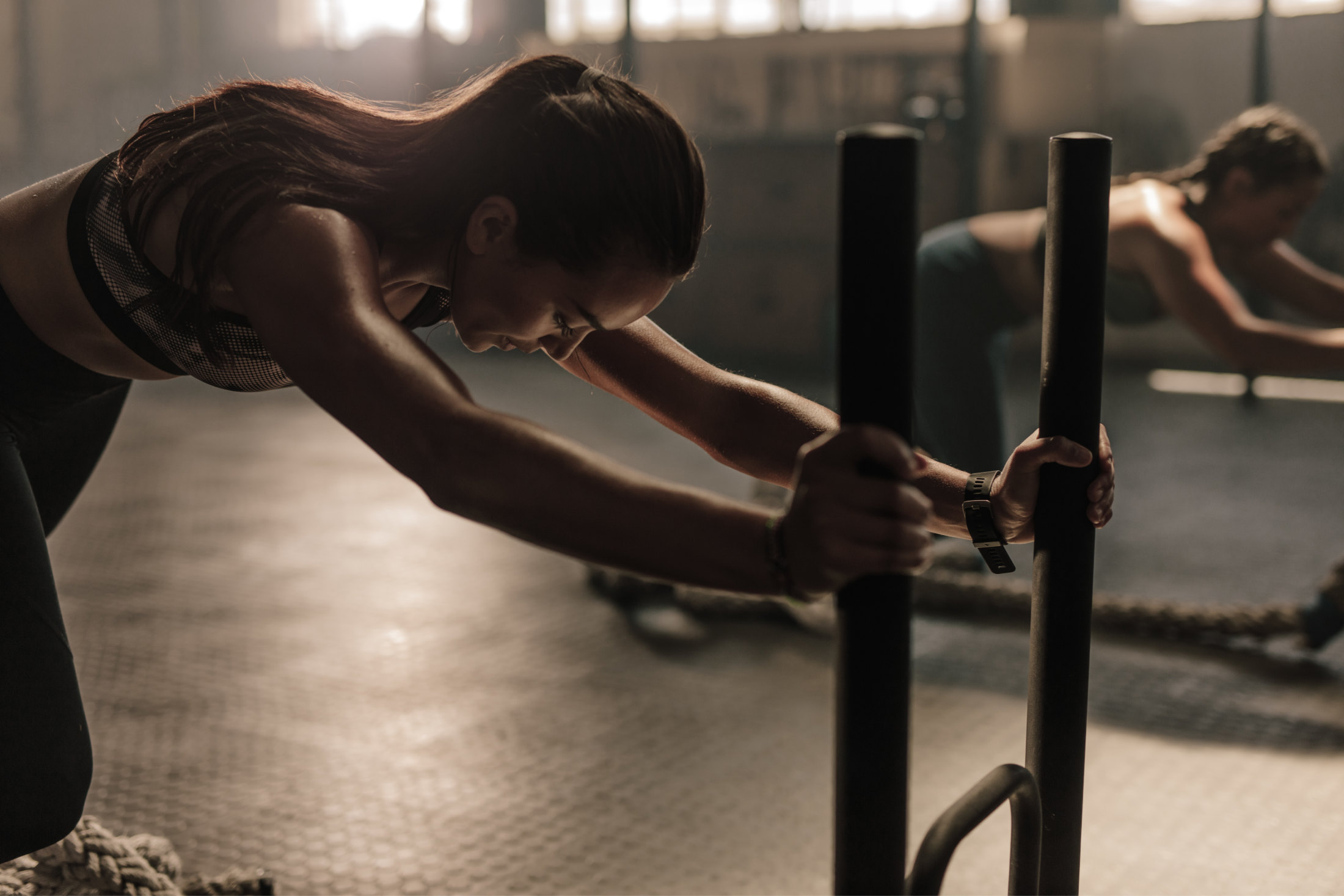Sports Massage Therapy in Bend: What It Is and Who It’s For
Sports massage therapy is a performance-driven form of manual therapy that focuses on improving muscle function, relieving soft tissue tension, and enhancing physical recovery.
Running Year-Round: How to Adapt Your Training for Seasonal Changes
Running year-round sounds simple—but changing seasons can take a toll on your body if you’re not prepared
Heel Strike vs. Forefoot Running: Which is Better for Injury Prevention?
When it comes to running technique, one of the most debated topics is foot strike—the part of the foot that makes initial contact with the ground.
How to Increase Mileage Without Getting Injured
When you're building endurance and hitting new personal bests, it’s tempting to add miles quickly and frequently.
The Role of Cadence in Injury Prevention: How to Find Your Optimal Stride Rate
Running cadence—measured as steps per minute (SPM)—is one of the most overlooked yet powerful variables in a runner’s mechanics.
The Most Common Running Injuries (And How to Prevent Them)
Running may seem simple—just lace up and go—but the physical demands it places on the body are anything but with each stride, runners absorb forces up to three times their body weight, often repeating that load thousands of times in a single session.
How Poor Ankle Mobility Can Lead to Running Injuries (And How to Fix It)
Ankle mobility isn’t the flashiest topic in the running world, but it’s one of the most important—and most overlooked—factors in injury prevention and performance
The Runner's Guide to Injury Prevention: Strategies for a Pain-Free Season
Running is a cornerstone of the active lifestyle in Bend, Oregon. With scenic trails, mountain views, and a strong outdoor community, it’s no surprise that runners of all levels hit the pavement or trailhead year-round. But with higher mileage and consistent training comes increased risk for injury—and that’s where smart prevention strategies become essential.
Recovery Timing: When & How Bend Athletes Should Use Different Recovery Methods
Athletes know that recovery is essential for muscle repair, injury prevention, and long-term performance. But what many don’t realize is that timing matters just as much as the method itself. Using the right recovery strategy at the right time can mean the difference between optimal recovery and prolonged soreness or fatigue.
Recovery Technology Explained: Bend’s Guide to Modern Athletic Recovery Tools
Athletes and active individuals know that training hard is only half the equation—proper recovery is just as important for long-term performance and injury prevention. Whether you’re an elite competitor or a weekend warrior, the ability to recover efficiently can make the difference between consistent progress and frustrating setbacks.
Group Mobility Classes in Bend: Why Athletes Need More Than Just Stretching
Athletes often prioritize strength, endurance, and skill development, but mobility training is just as essential for preventing injuries, improving performance, and maintaining long-term movement efficiency.
Soft Tissue Recovery: A Bend PT’s Guide to Faster Healing & Better Movement
Soft tissue recovery plays a crucial role in maintaining long-term physical health, injury prevention, and performance optimization. Whether you’re a professional athlete, a weekend warrior, or simply someone dealing with everyday aches and pains, your muscles, tendons, ligaments, and fascia require proper care and rehabilitation to function efficiently.
The Ultimate Recovery Guide for Bend Athletes: Advanced Techniques & Technology for Peak Performance
Athletes in Bend, OR, thrive in a playground of unparalleled natural beauty and opportunity. With its dramatic landscape and vibrant community, Bend offers a haven for outdoor enthusiasts and competitive athletes alike. Whether you’re scaling the majestic cliffs at Smith Rock, carving down the pristine slopes of Mount Bachelor, or logging miles on Bend's scenic running trails, the physical demands on your body are immense. The strain from repetitive movements, high-intensity workouts, and prolonged exertion can take a toll on muscles, joints, and overall well-being if not addressed through proper recovery.
Recovering Stronger: Post-Injury Physical Therapy for Active Lifestyles in Bend
Injuries are an unfortunate reality for active individuals, often sidelining them from the activities they love. Whether it’s a sprained ankle, a strained muscle, or a more serious injury, the road to recovery can be challenging. At Capacity in Bend, OR, post-injury physical therapy offers a comprehensive approach to healing, helping patients regain strength, mobility, and confidence while preventing future setbacks.
Optimizing Outdoor Adventures: Physical Therapy for Hikers and Cyclists in Bend
Bend, OR, is a paradise for outdoor enthusiasts, offering endless opportunities for hiking, cycling, and other adventurous activities. However, the physical demands of these pursuits can lead to injuries or limitations if the body isn’t adequately prepared. At Capacity in Bend, physical therapy is tailored to meet the unique needs of hikers and cyclists, helping them prevent injuries, recover effectively, and optimize their performance in the great outdoors.
The Role of Physical Therapy in Improving Balance and Preventing Falls
Falls are a leading cause of injury, particularly among older adults. However, balance issues can affect individuals of all ages, often resulting in a loss of confidence and increased risk of injury. Physical therapy is an effective solution for improving balance and preventing falls by addressing the root causes of instability and strengthening key muscle groups.
How Physical Therapy Helps with Chronic Pain Management
Chronic pain can severely impact your quality of life, making it difficult to enjoy everyday activities. Whether it’s back pain, joint pain, or pain related to a specific condition like arthritis, finding long-term relief is essential. Physical therapy offers an effective approach to managing chronic pain by addressing its underlying causes and providing non-invasive solutions.
Proactive Recovery and Longevity: How Group Mobility, Tune Ups, and Home Programs Support Long-Term Health
Learn how group mobility, tune-ups, and home programs at Capacity Physical Therapy in Bend support long-term health and recovery. Start your proactive recovery today.
Enhancing Recovery with Infra-Red Sauna and Compression Boots: Physical Therapy Techniques for Faster Healing
Discover how infra-red saunas and compression boots at Capacity Physical Therapy in Bend promote faster healing and improve recovery. Contact us today for advanced physical therapy solutions.
















